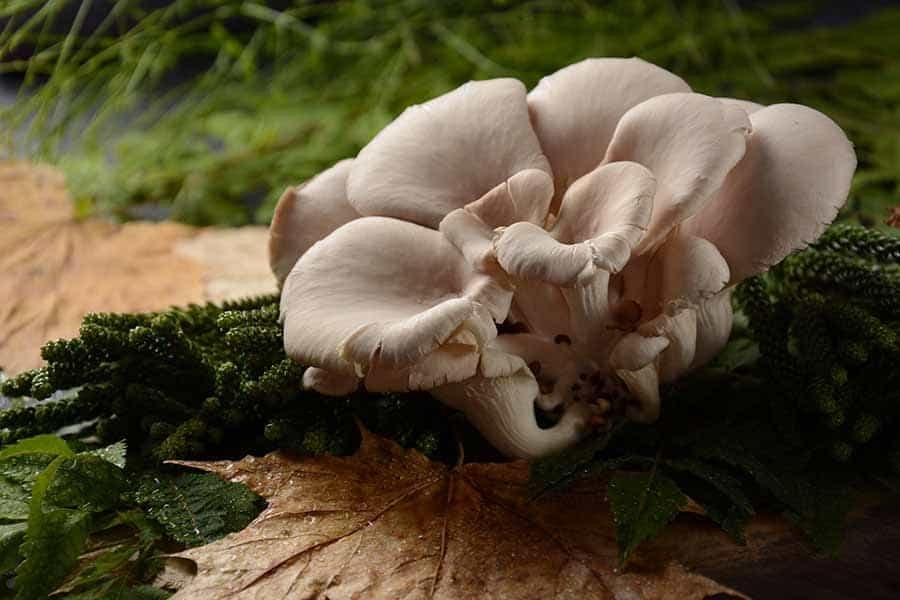
Fungicides are chemical or biological agents used to control or prevent the growth of fungi on plants or other surfaces.
They work by disrupting various stages of the fungal life cycle, such as spore germination, growth, and reproduction. Fungicides can be applied as sprays, dusts, or systemic treatments, and can be used in agriculture, forestry, and horticulture to protect crops from fungal diseases. However, overuse or misuse of fungicides can lead to the development of resistant strains of fungi and environmental contamination.
There are several types of fungicides:
The choice of fungicide depends on the type of crop, the specific disease or fungal pathogen, and the mode of action of the fungicide.
These work by coming into direct contact with the fungal spores or mycelium & can be applied as sprays or dusts.
These are absorbed into the plant and circulate throughout the plant tissues to provide longer-lasting protection against fungal infections.
These are designed to target specific types of fungi, and are often used to control a particular disease in a crop.
These are broad-spectrum fungicides that can control a wide range of fungal diseases, but may also harm beneficial microorganisms.
These are based on metallic compounds, such as copper or sulfur, and are commonly used in organic farming.
These use living organisms, such as bacteria, fungi, or viruses, to control fungal infections.
Used of Fungicides
Fungicides are used to control or prevent the growth of fungi on plants or other surfaces. They are primarily used in agriculture, horticulture, and forestry to protect crops from fungal diseases that can reduce yields and quality. Fungicides can also be used in home gardens and landscaping to protect ornamental plants from fungal infections.
Fungicides can be used in the following ways:
01
Identify the diseaseTo choose the right fungicide and treatment method, it is important to correctly diagnose the illness or fungal infection.
02
Prepare the solutionUtilizing the recommended concentration & volume of water, combine the fungicide in accordance with the label’s directions.
03
Appropriate fungicideIf you are treating a disease or fungal infection on a crop, choose a fungicide that is registered for use on that crop.
04
Follow label instructionsRead the fungicide label carefully, and adhere to all recommendations for treatment rates, timing, & techniques.
05
Apply the fungicideApply the fungicide evenly and thoroughly to all parts of the plant or surface, using the recommended application method.
06
Repeat applicationsThe fungicide may need to be applied again at particular intervals, depending on how severe the disease or fungus is.
07
Follow safety precautionsWear appropriate personal protective equipment (PPE), such as gloves and a respirator, when handling and applying fungicides.
Some common uses of fungicides include
- Controlling plant diseases such as powdery mildew, rust, and leaf spot.
- Protecting seedlings and young plants from fungal infections.
- Preventing fungal diseases during storage and transportation of crops.
- Maintaining healthy turf and ornamental plants in landscaping
- Reducing the risk of human and animal infections from pathogenic fungi.

Here are some additional points to know about fungicides:

01.Resistance : Overuse or misuse of fungicides can lead to the development of resistant strains of fungi, making it harder to control fungal diseases.02.Environmental impact : Fungicides can have a negative impact on the environment if they are not used properly. They can contaminate water sources, harm non-target organisms, and disrupt ecological processes.03. Application timing : The timing of fungicide application is crucial for controlling fungal diseases. Fungicides should be applied preventively, before the onset of disease symptoms, or early in the disease cycle to be most effective.
04. Systemic vs. Contact fungicides : Systemic fungicides are absorbed by the plant and provide longer-lasting protection, while contact fungicides only protect the surface of the plant and must be reapplied more frequently.05. Fungicides and human health : Fungicides can pose a risk to human health if they are not used properly or if people are exposed to them at unsafe levels.06. Biological: Biological fungicides use living organisms such as bacteria or fungi to control fungal infections.
